Tag: Exhibits
COLLECTIONS as CONNECTORS Holdings from Off-Center
by Steven Black, Bancroft Acquisitions
Things fall apart; the center cannot hold;
Mere anarchy is loosed upon the world…
–William Butler Yeats, from “The Second Coming”
As they do in a teeming metropolis, connections occur naturally among collections in libraries and other repositories. These linkages may involve ideas and people, whether by description (cataloging and metadata), archival arrangement, researcher access and review, or, in the case of a new exhibit at The Bancroft Library, by time-shifted serendipity.
“The Summer of Love, from the Collections of The Bancroft Library” fortuitously brings together two representative figures who, in 1967, circled each other warily, but never met.
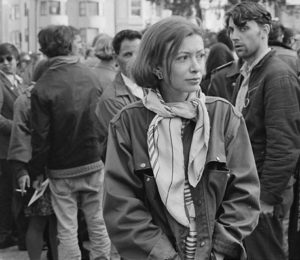
Joan Didion’s reportage in “Slouching Towards Bethlehem” is highlighted in a timely Bancroft exhibition along with images of the hippie scene in San Francisco taken by photographer Ted Streshinsky.
One thread running through her piece (in a reproduction of her typescript essay as submitted for later book publication) is a search for the Communication Company printer and publisher Chester Anderson.
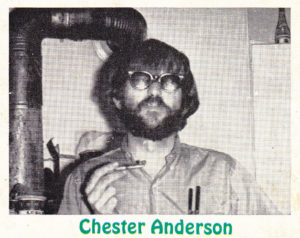
Funded by proceeds from his cult-hit novel The Butterfly Kid (1967), Anderson arrived in the Haight district of San Francisco just as the seeds for the coming “Summer of Love” were sown. In January 1967 he purchased a state-of-the-art mimeograph machine from Gestetner “to provide quick & inexpensive printing service for the hip community.”
Among the works issued by this newest member of the Underground Press Syndicate were innumerable Diggers flyers and handbills, a chapbook by Richard Brautigan (All Watched Over By Machines of Loving Grace), revolutionary manifestos, notices for performances, the Invisible Circus, other happenings, and street level public service announcements.
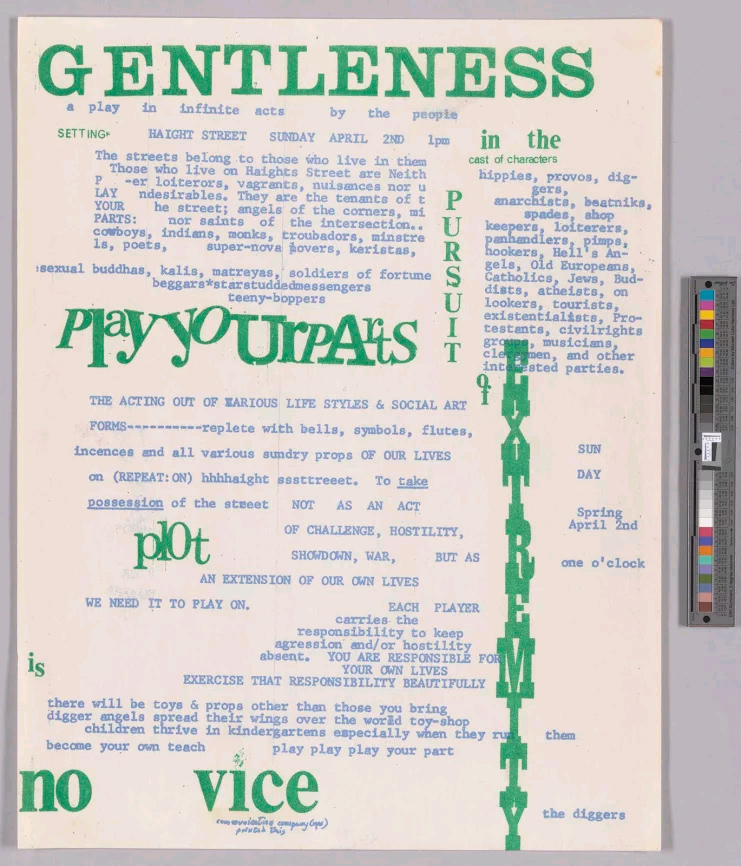
![]() In her quest, Didion describes meeting Com/Co’s co-founder, who (she writes) “says his name is Claude Hayward, but never mind that because I think of him just as The Connection.”
In her quest, Didion describes meeting Com/Co’s co-founder, who (she writes) “says his name is Claude Hayward, but never mind that because I think of him just as The Connection.”
As she is on assignment for a mainstream publication, Didion is considered (in a Diggers phrase-du-jour) to be “a media poisoner.” The Connection urges her to dump the photographer she is with “and get out on the Street” leaving her cash (“You won’t need money”) behind.
Responding to her request to speak directly with Chester Anderson, The Connection says: “If we decide to get in touch with you at all, we’ll get in touch with you real quick.” Although she crosses paths with The Connection again that spring in the Panhandle during an agitprop intervention by the San Francisco Mime Troupe, his passive refusal to hook her up rebuts his street-inflected nickname.
Joan Didion was unable to find the oracular man who could ostensibly help her understand “the scene,” or genius loci. Despite this missed connection with Chester Anderson, by detailing her forays into the Haight-Ashbury and other hippie enclaves around San Francisco, Didion captured in prose a time in violent flux. “Slouching” became the title essay of her celebrated first book of non-fiction, securing her reputation as a caustic and insightful social seismograph.
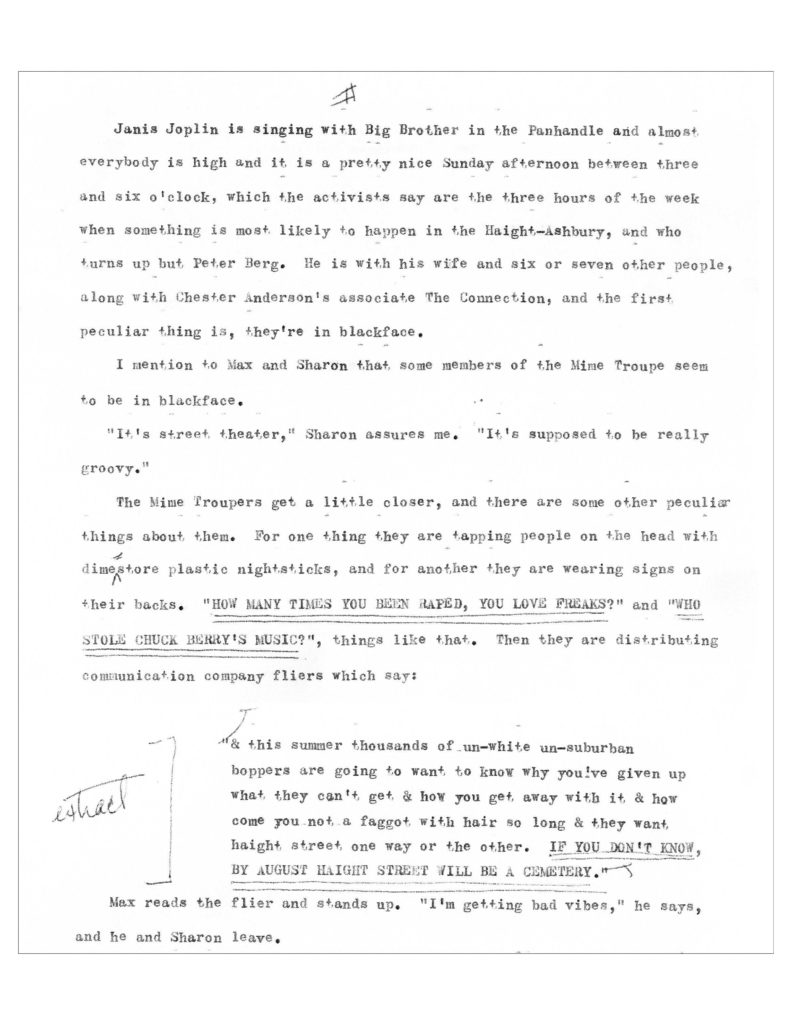
Today their works are co-located in Bancroft’s Summer of Love retrospective: two radically different writers can be seen in a long-delayed meeting that eluded them in real life.
* * *
Provenance notes:
Joan Didion (1934-) Joan Didion’s manuscript (BANC MSS 81/140 c carton 1) came to The Bancroft Library as a gift of the author.
Chester Valentine John Anderson (1932-1991) Chester Anderson’s papers (BANC MSS 92/839 c) came to The Bancroft Library via friend and fellow underground journalist Paul Williams.
Paul Williams (1948-2013) founded Crawdaddy, the first zine of rock and roll journalism (predating Rolling Stone), authored many works of hippie (Apple Bay: or, Life on the planet) and new age journalism (Das Energi), books on Bob Dylan and Philip K. Dick (whose literary executor he was, for close to 20 years). Through his imprint Entwhistle Books, he published two books by Chester Anderson: Fox & hare : the story of a Friday night (f PS3551.N358 F6 1980 Bancroft) and Puppies (p PS3572.A395 P9 1979 Bancroft) under Anderson’s pseudonym John Valentine.
Ted Streshinsky (1923–2003) Ted Streshinsky’s photo archive (BANC PIC 2004.132) was a gift of his wife Shirley.
Ecocity Berkeley: Thirty Years On
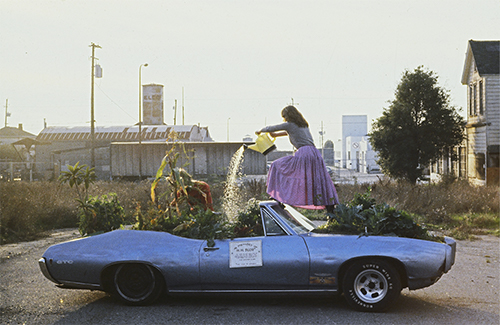
September 15 – December 15, 2017
Environmental Design Library – 210 Wurster Hall
In 1987 Richard Register released his first major book, Ecocity Berkeley: Building Cities for a Healthy Future, inserting “ecocity” into the urban planning lexicon. Using Berkeley as a test bed, he promoted a new vision for urban development; his ideas and drawings presaged a number of contemporary design elements, tuning architecture and urban design to nature’s and human needs and desires. This exhibit explores his inspiring vision and its international influence.
The Russian Revolution Centenary: 1917-2017: Politics, Propaganda and People’s Art
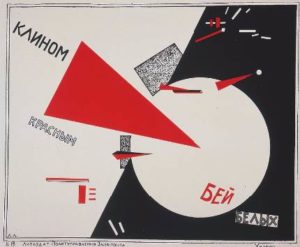 This exhibition, curated by Liladhar Pendse (East European, Eurasian and Latin American Studies Librarian), is dedicated to the centenary of the Russian Revolution that took place in October of 1917. The exhibition will take place in the Moffitt Library, from September 11, 2017 through January 8, 2018 and it will highlight several print-items from the revolutionary times.
This exhibition, curated by Liladhar Pendse (East European, Eurasian and Latin American Studies Librarian), is dedicated to the centenary of the Russian Revolution that took place in October of 1917. The exhibition will take place in the Moffitt Library, from September 11, 2017 through January 8, 2018 and it will highlight several print-items from the revolutionary times.
Attendance restrictions: Access to the Moffitt Undergraduate Library is restricted and you’ll need the UC Berkeley/ Cal Card for entry.
The virtual counterpart of the exhibition is located here: http://exhibits.lib.berkeley.edu/spotlight/russian-revolution
Exhibit: Bancroft’s New Favorites
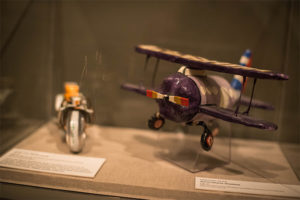
Next week will be the last full week of the Bancroft’s New Favorites Gallery Exhibit, which closes on 1 September.
The gallery is open from 10am-4pm, Monday through Friday, excluding holidays.
For the first time in many years The Bancroft Library presents an exhibition of recent additions to its major collections. The exhibition also includes recently rediscovered masterpieces carefully collected in years past. Gold-Rush-era memoirs and advertisements, early editions of William Langland and Jane Austen, “branded” books from 18th c. Mexico, and David Johnson’s photographs of the African American community in San Francisco after World War II are but a few of the items featured. The exhibition showcases the Bancroft curators and their distinctive collecting practices, which expand the remarkable vision of library founder Hubert Howe Bancroft—documenting California as it was happening and building a library for the American West that would rival its older European antecedents.
On View Now: The Summer of Love, from the Collections of The Bancroft Library
Marking the 50th anniversary of the Summer of Love, an exhibit in the corridor between Doe Library and The Bancroft Library features Bancroft’s rare and unique collections documenting the world-famous Bay Area counterculture of 1967.
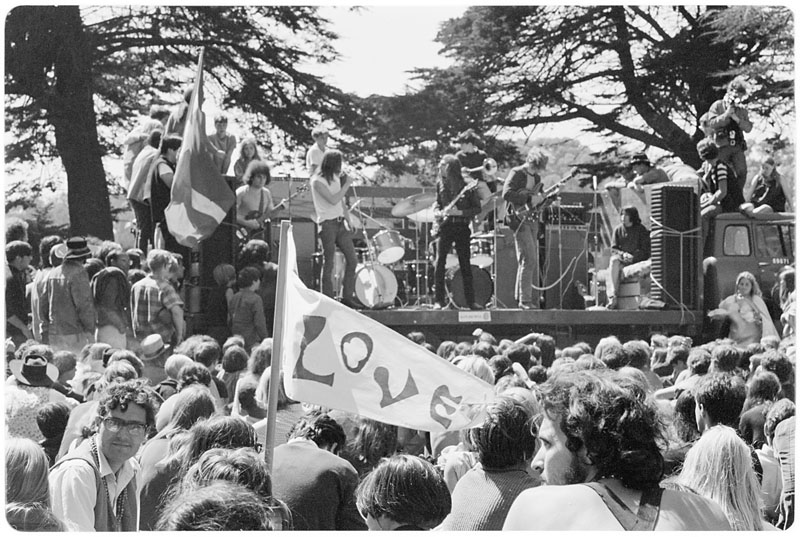
![A young hippie woman with feathers that look like antlers, in day glow face paint, Avalon Ballroom, 1967] Ted Streshinsky, photographer.](https://update.lib.berkeley.edu/wp-content/uploads/2017/07/cubanc00002896_pm_a_ih.jpg)
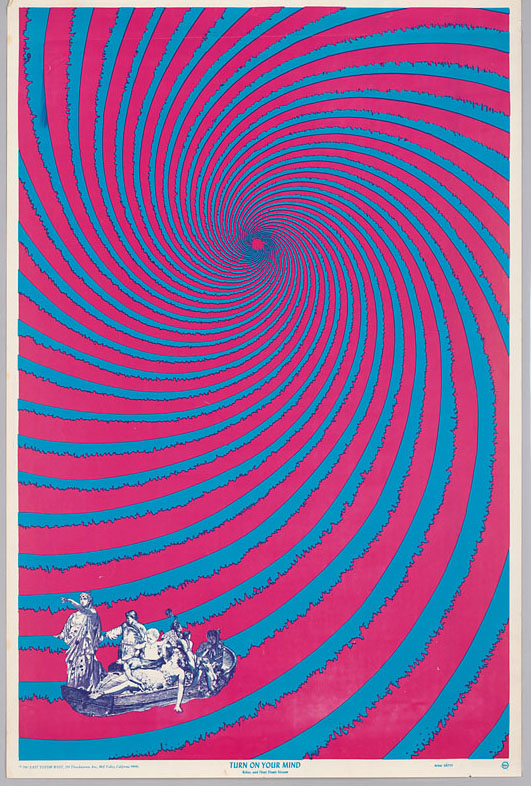
This exhibit, prepared by Chris McDonald and James Eason of the Bancroft Library Pictorial Unit will be on view through Fall 2017.
New Exhibit: A Country Called Syria
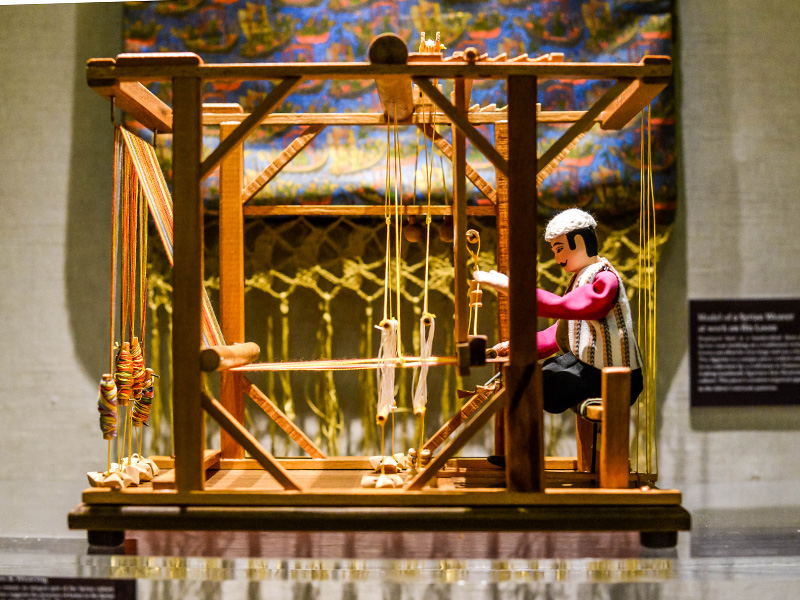
When the library was approached with an offer to host an exhibition on Syria that highlighted its people and their rich history, we all thought it would be a good idea to showcase aspects of the country and the people other than the depressing ones covered in the news. The organization that approached us is called A Country Called Syria and consists of volunteers of Syrian-American heritage from southern California who gathered together a travelling exhibit depicting Syria’s history, culture and ethnic diversity in order to introduce people to the country behind the headlines.
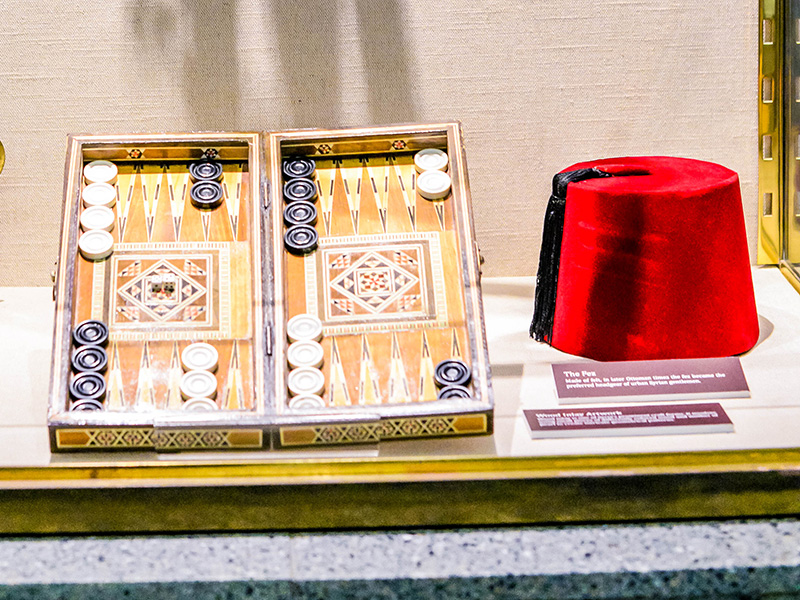
As the interim library liaison for the Middle East, I thought it would be a good idea to highlight UC Berkeley’s rich library collection on Syria along with the cultural artifacts we were lent. The region that makes up the modern country of Syria is one of the oldest cradles of human civilization, and our former Middle East librarians have done a fine job of building a collection covering its ancient history and diversity while at the same time also paying attention modern Syria with all its complexities. The aim of the exhibition is to highlight some of that diversity and complexity and give Syria and the Syrian a more accessible human dimension.
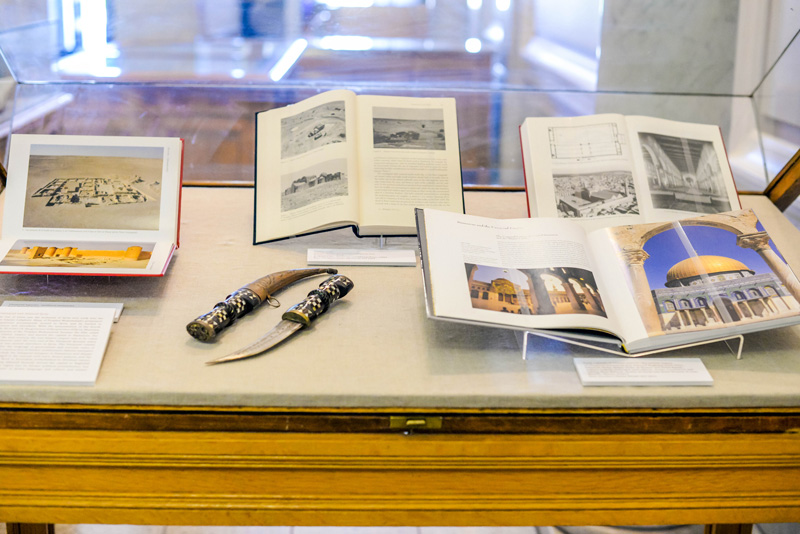
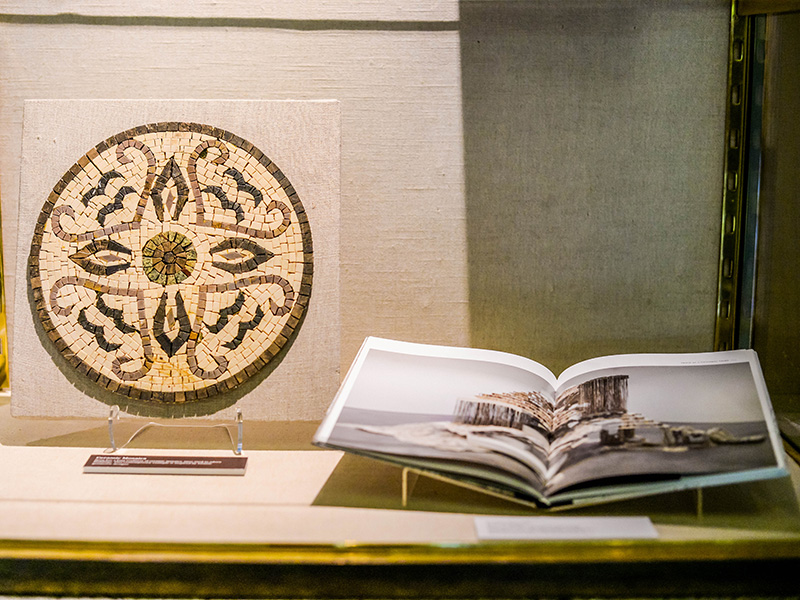
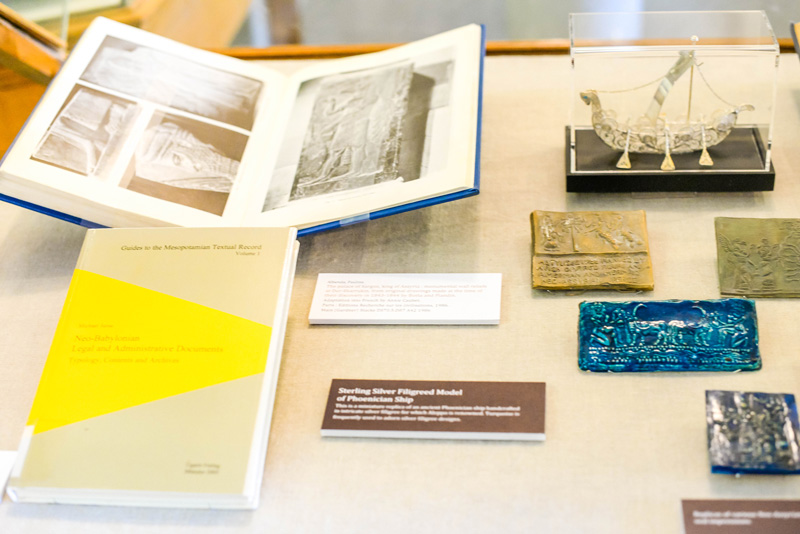
Mapping Literature Exhibit
By Sara Hagenbuch
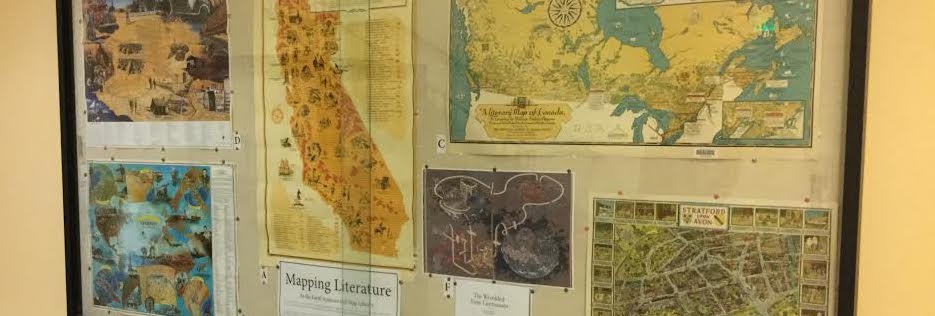
From maps with literary landmarks, to maps of fictional worlds, literary maps exist in many unique and beautiful formats. This summer, our “Mapping Literature” exhibit at the UC Berkeley Earth Sciences and Map Library features a sampling of five maps in our collection and excerpts from the literary atlas Plotted by Andrew DeGraff:
Exhibit: New Favorites: Collecting in the Bancroft Tradition
Bancroft Library Gallery
April 21 – September 1, 2017

For the first time in many years The Bancroft Library presents an exhibition of recent additions to its major collections. The exhibition also includes recently rediscovered masterpieces carefully collected in years past. Gold Rush-era memoirs and advertisements, early editions of William Langland and Jane Austen, “branded” books from 18th c. Mexico, and David Johnson’s photographs of the African American community in San Francisco after World War II are but a few of the items featured.
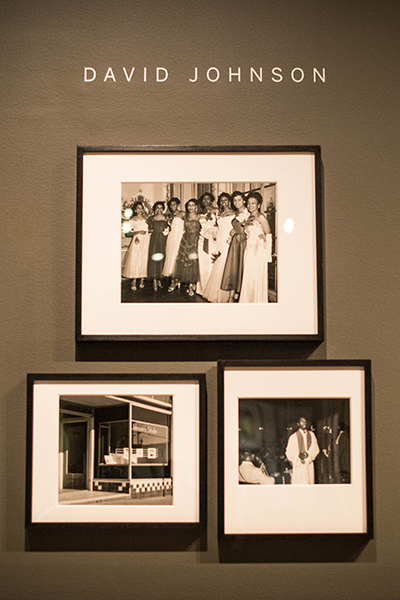
The exhibition showcases the Bancroft curators and their distinctive collecting practices, which expand the remarkable vision of library founder Hubert Howe Bancroft–documenting California as it was happening and building a library for the American West that would rival its European antecedents.
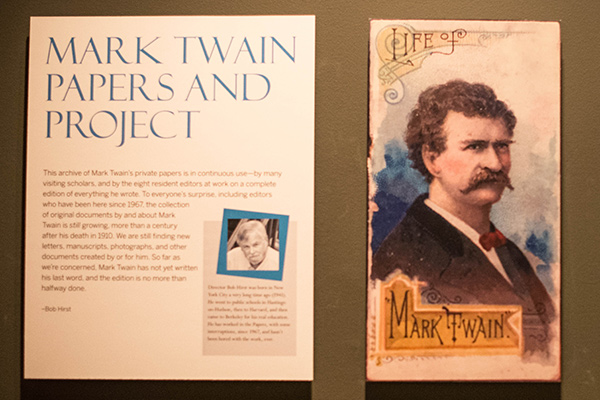
Presented by the Friends of The Bancroft Library.
The Bancroft Library Gallery is open Monday-Friday, 10am-4pm, excluding holidays.
For more information, please call 510-642-3782 or visit bancroft@berkeley.edu.
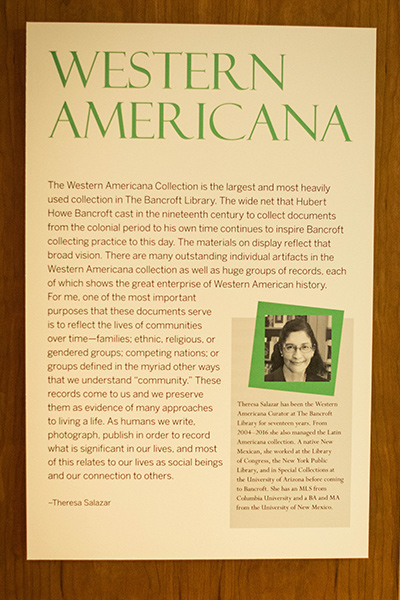

“The Gift to Sing”: Bancroft exhibit offers tour of African American history and culture
Treasures from legendary professor Leon Litwack’s African American history and culture book collection are on display through February in the Bancroft Library Gallery. Browsing “The Gift to Sing” exhibit offers viewers a chance to revisit milestones in the long journey of African Americans in this country towards full equality, freedom, and cultural expression.
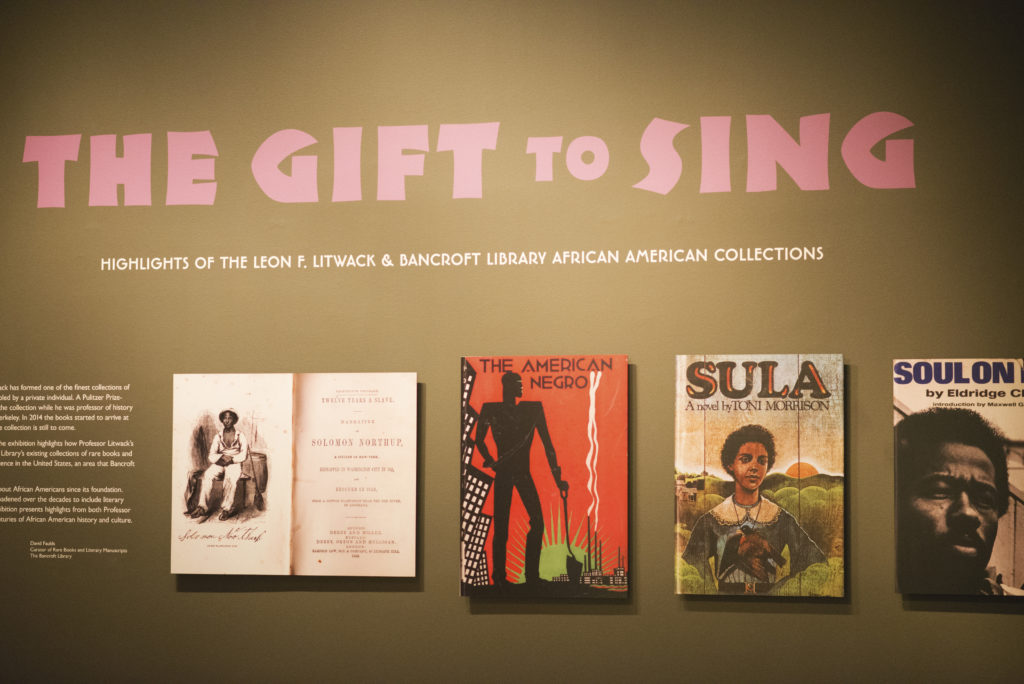
Slave narratives and autobiography, drawings and photography, collections of spirituals, newspapers, novels and poetry, historical and sociological works — all with rich significance outlined in curator David Faulds’ captions — are among the works included.
Litwack’s collection, most of which will come to the Bancroft as a bequest, originated in his teenage years in Santa Barbara in the 1940s, when the young Leon haunted a used bookstore called the Book Den. Langston Hughes volumes purchased then for a dollar or two are on display in the exhibit.
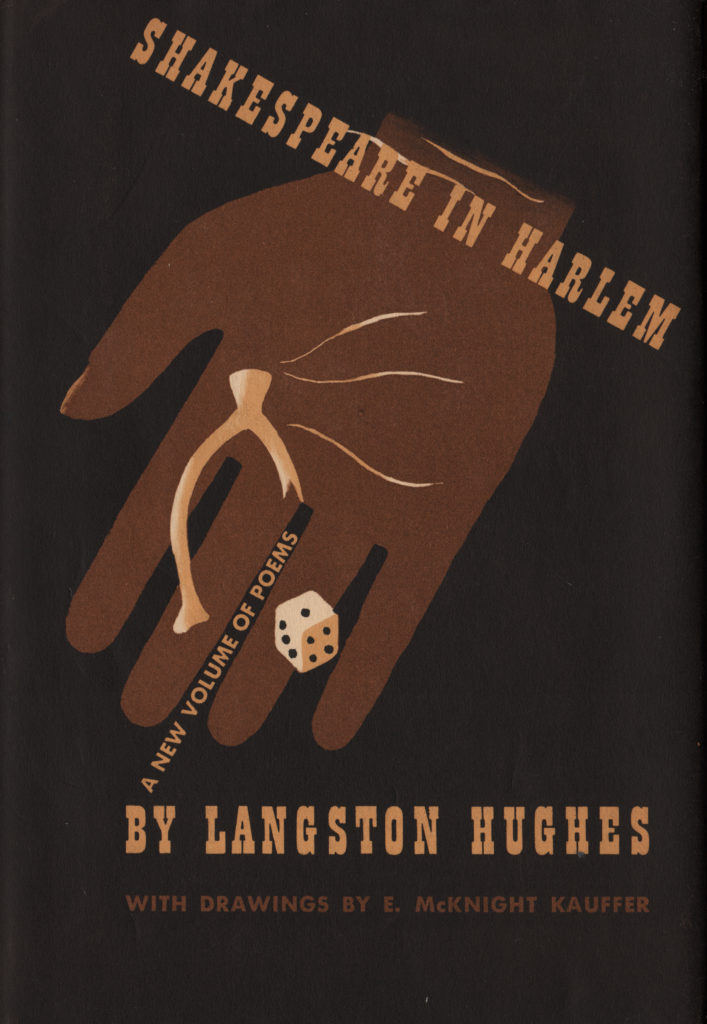
Over six decades of continued collecting later — informed by his celebrated scholarship in African American history and culture — Litwack’s library is considered one of the best in private hands.
On display in the Bancroft exhibit are Harlem Renaissance first editions in strikingly illustrated dust jackets; Bobby Seale’s copy of The Autobiography of Malcolm X, which Litwack had the good fortune to pick up for $5 at Moe’s Bookstore near campus; a copy of Narrative of the Life of Frederick Douglass, an American Slave inscribed by famous abolitionist William Lloyd Garrison; and Ida B. Wells’ rare and important pamphlet on lynching, The Red Record.
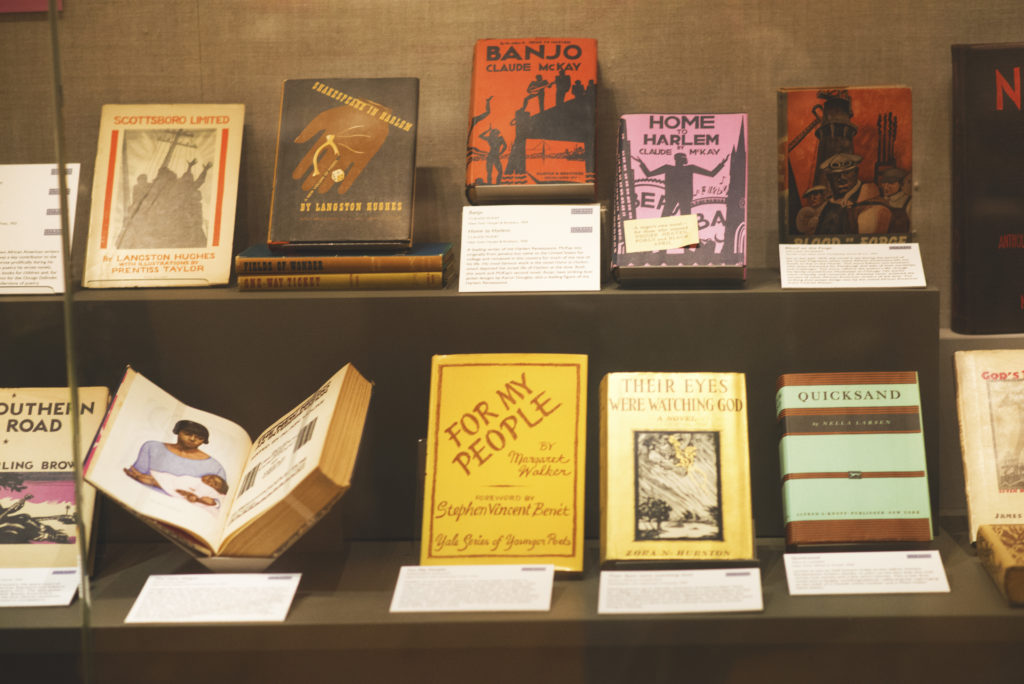
Exhibit visitors can also see the first book by an African American, Phyllis Wheatley’s Poems on Various Subjects, Religious and Moral, which was published in 1773. This edition is one of the treasures from the Bancroft’s current collection which are also exhibited in “The Gift to Sing.”![]()
The exhibit is organized in seven sections including the arts; California, society; literature and history, modern and early 20th century; slave narratives; and racial uplift (1890-1910).
The oldest book in the exhibition dates from 1744 and reports on the execution of thirty blacks and four whites for their role in the Conspiracy of 1741, a supposed insurrection by slaves and poor whites. Like the Salem witch trials, this event is now seen by some scholars as a case of mass hysteria, in which a number of acts of arson were attributed to a criminal conspiracy.
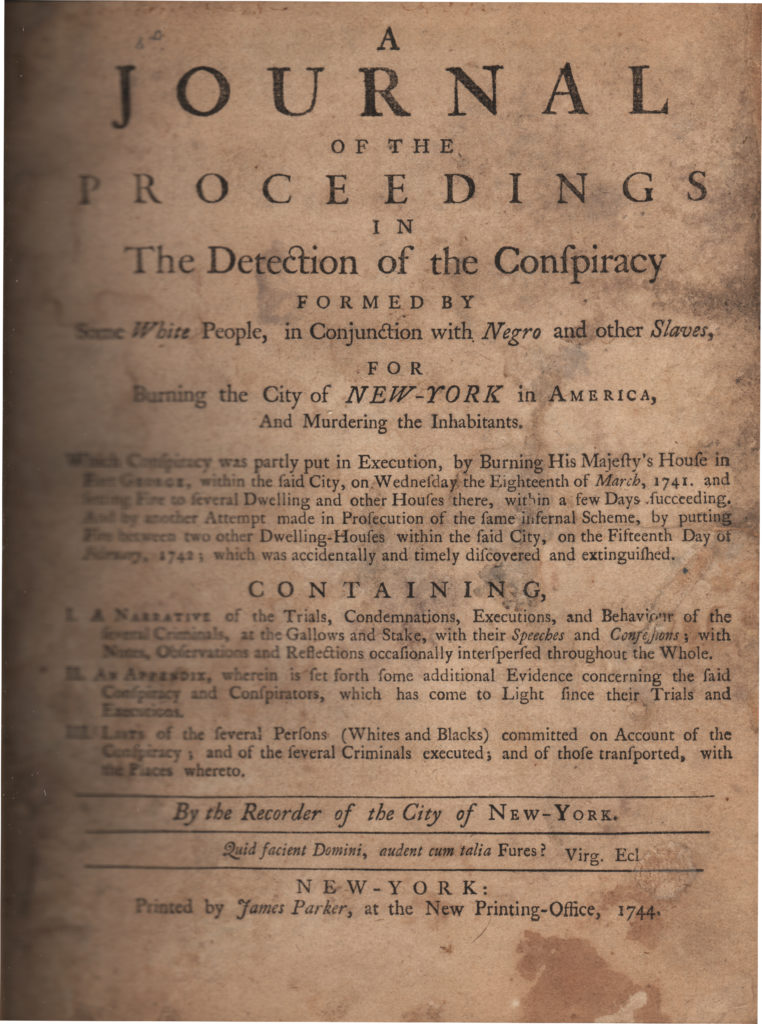
A 1919 history of African Americans in California took shape through research at the Bancroft itself. Author Delilah Beasley spent many years in Bancroft poring over California and black newspapers and archives to research her book.
Less well-known materials are displayed alongside famous items such as the most popular novel of the 19th century — Uncle Tom’s Cabin, the 1852 anti-slavery classic by Harriet Beecher Stowe, and Toni Morrison’s 1987 novel Beloved.
The range and depth of the collection reflects Litwack’s lifelong quest to uncover and to teach the history of race relations in America and the experiences of people long absent from the historical narrative. He has authored four major books and countless articles, and has been awarded the Pulitzer Prize and the National Book Award.
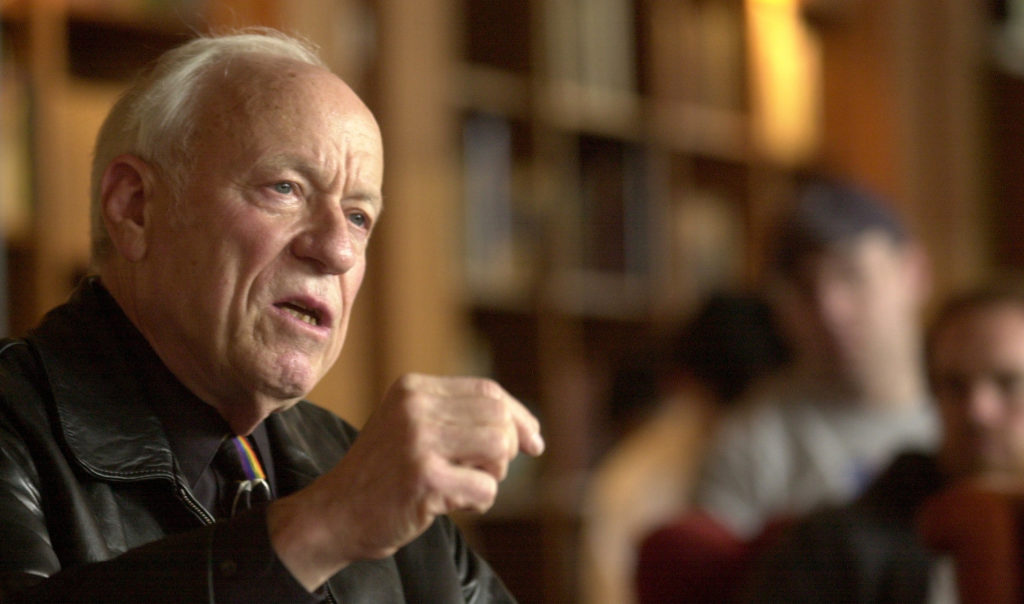
Litwack retired from Berkeley in 2007 after forty-three years. His final lecture on America’s racial divide was entitled “Fight the Power.”
Litwack has long been a passionate advocate for the importance of the Library, an advocacy which dates back to his undergraduate years at Berkeley, starting in 1948. “What I coveted more than anything else was a job in the UC Library,” he said. “And I was fortunate enough to get one . . . That was just fabulous.”
“The Gift to Sing: Highlights of the Leon F. Litwack and Bancroft Library African American Collections” is on display in the Bancroft Library Gallery through February 17, 2017, from 10 am to 4 pm.
War Ink project, program coming to Doe Library

Photographs from the celebrated War Ink Project will be on display in Berkeley’s Doe Library in November. The exhibit features striking images of tattoos that express the impact of combat experiences on California veterans.
Jason Deitch, co-creator of War Ink and a Cal veteran, hopes the display will “bridge the divide between the veterans and civilian communities.” The project is “both exhibit and forum, using tattoos as a springboard for California veterans to share their stories,” Deitch explains.
In anticipation of Veterans Day and to mark the exhibit opening, please join Deitch, Trésor Bunker, current vice president of the Cal Veterans Group, and members of the Cal Veteran community in a panel discussion focused on improving communication among veterans and civilians.
The discussion, titled Moving Beyond “Thanks” to Understanding Experience: Seeing Our Cal Veterans Through Profiles of Military and Lifelong Service and Transition Success, will take place on Friday, November 4 in the Morrison Library.
The program will incorporate personal experiences and methods for moving beyond stereotypical views of veterans and the often reflexive phrase “Thank you for your service” toward more meaningful communication as a key for improving reintegration after military service. There will be time to view the exhibit and to learn about the veterans pictured and the significance of the ink they wear.
When: Friday, November 4, 2016 5-7pm
Where: Morrison Library
Admission: Free and open to the public
The Library attempts to offer programs in accessible, barrier-free settings. If you think you may require disability-related accommodations, please contact the event sponsor prior to the event. The event sponsor is Ashley Bacchi, 510-664-7737.